From Stonehenge to the Taj Mahal, UNESCO’s World Heritage list is truly astonishing, bringing together some of the world’s most spectacular natural wonders, influential historical structures and iconic cities.
While the list includes 1,199 sites across 168 countries around the globe, much of the magic is in the UNESCO World Heritage Sites located in Europe. In this article, we explore the finest of the continent, with a focus on the many unmissable sites in France, Italy, and Germany.
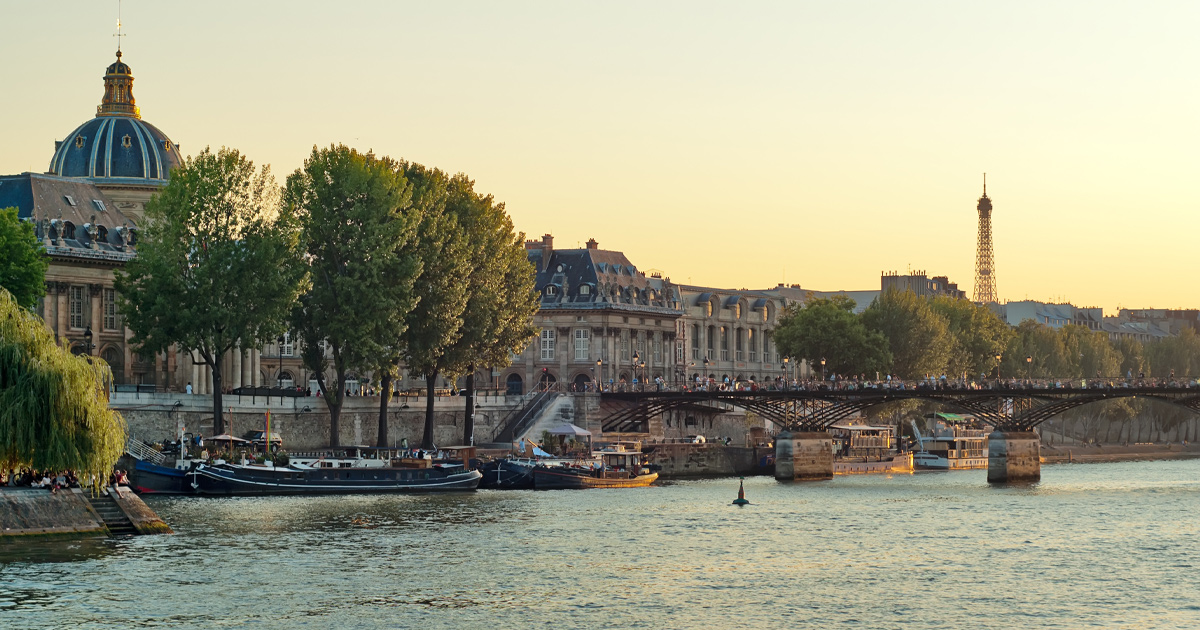
Image: Adobe Stock Images - Nikitin Mikhail
Breathtaking UNESCO Sites in France
France is renowned for its natural beauty and rich history, so it may come as little surprise that many of the best UNESCO sites in Europe are found here.
Banks of the Seine, Paris
We begin with what is undoubtedly France’s best-known site, in the heart of its capital: the Banks of the Seine. This UNESCO headliner encompasses a stretch of the Seine River, which is lined with illustrious landmarks such as the Eiffel Tower, the Louvre, and Notre Dame Cathedral. This bustling area reflects Paris’s historical and architectural evolution while highlighting the city’s cultural and artistic legacy.
Port de la Lune, Bordeaux
Port de la Lune – or Port of the Moon – is the name given to the beautiful harbour of the city of Bordeaux. Spanning around 1,800 hectares in the shape of a crescent moon, it’s the largest urban area on UNESCO’s famous list. Born in the Age of the Enlightenment, Port de la Lune contains more protected sites than any other city in France (aside from Paris), including Palais Rohan, Maison Gobineau, Place de la Bourse, and Miroir d’Eau – the largest water mirror on the planet.
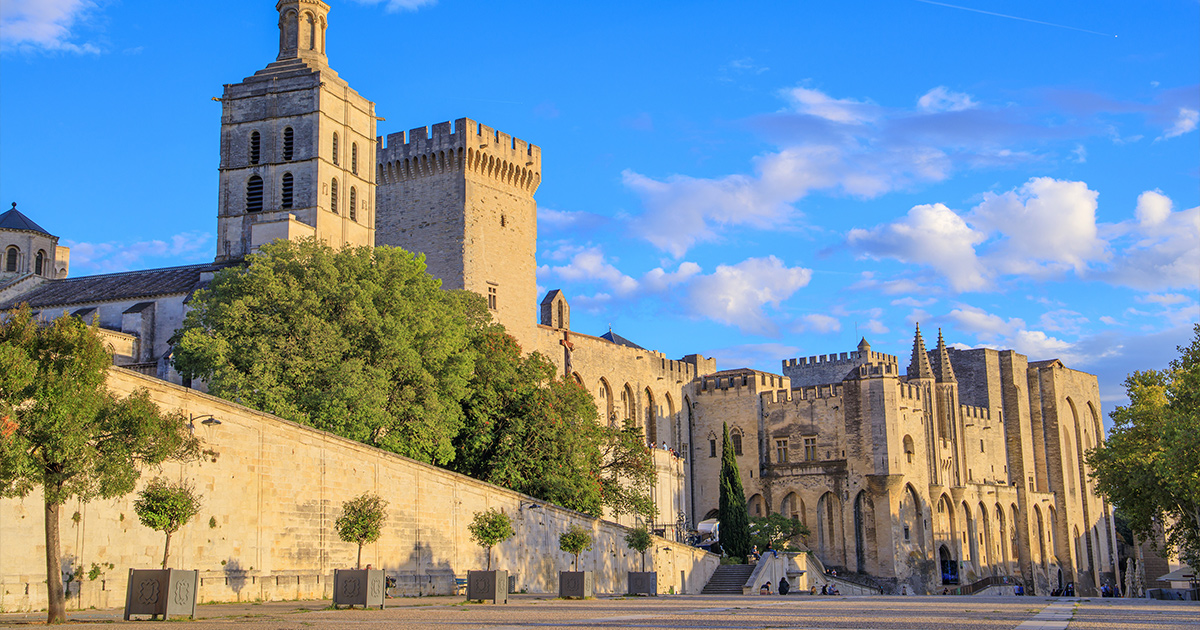
Image: Adobe Stock Images - aterrom
Palais des Papes, Avignon
Set in Avignon, on the banks of the Rhône River in the region of Provence, Palais des Papes – or Palace of the Popes – is the largest Gothic palace and medieval fortress on the continent. As one of the most historic sites in Europe, this imposing structure famously took the seat of the Church away from Rome during the 14th century, becoming the residence of nine popes. Today it remains one of the most visited attractions in France, with grand ceremonial halls, courtroom, consistory, and fresco-adorned chapels to explore.
Palace of Versailles, Paris
The Île-de-France region has five World Heritage Sites, with the exquisite Palace of Versailles among the most impressive. Seen as the perfect royal residence, it was home to the French monarchy from the time of Louis XIV to Louis XVI (encompassing much of the 18th century) and influenced famous royal residences across Europe. Created by an assortment of France’s greatest architects and artists, this grand palace has 2,300 rooms surrounded by sublime French-style gardens.
Nice, Winter Resort Town of the Riviera
Granted World Heritage status in 2021, the cosmopolitan town of Nice in the south of France is one of the most recent additions to UNESCO’s astounding list – and perhaps one of the least immediately obvious. Yet in the 18th century, Nice was a popular winter holiday destination for affluent British tourists, who significantly influenced the town’s architecture. Today, Nice is bursting with five centuries of eclectic architecture, rich history and lush plant life, all set against the stunning backdrop of the azure Mediterranean Sea.
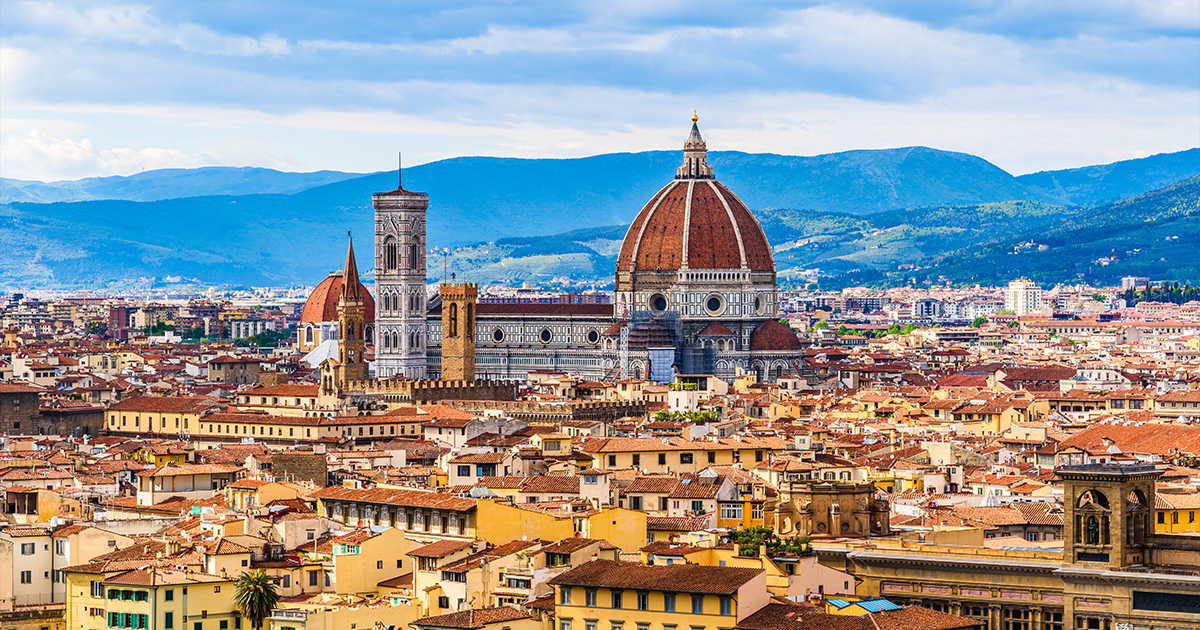
Image: Adobe Stock Images - PhotoFires
Explore Italy’s World Heritage Sites
Italy creaks at the seams with art, architecture, history and culture, and this is reflected in its 58 heritage sites – making it the country with the most UNESCO World Heritage sites in the world.
Historic Centre of Rome
The jewel in Italy’s crown, the historic centre of Rome greets you with legendary landmarks at every corner. The sprawling capital houses the Vatican City, the Basilica of St. Peter, the Colosseum, the Pantheon, the Roman Forum and Piazza del Popolo. With an impressive array of ancient ruins and Renaissance masterpieces, Rome is a pivotal centre of art, history and religion, and it offers a profound insight into the development of Western civilisation.
Historic Centre of Florence
If any Italian historic centre can rival Rome for culture, Florence is the foremost contender. The cradle of the Renaissance, Florence’s concentration of masterpieces is astounding and deserves its recognition as one of the best UNESCO sites in Europe for its historical significance and influence on art, culture and science. Wander the historic streets to enjoy landmarks including the Cathedral of Santa Maria del Fiore, the Uffizi Gallery, the Palazzo Vecchio, and the Ponte Vecchio.

Image: Ultimate Driving Tours
The Dolomites
A breathtaking playground for hiking, skiing and supercar driving, the Dolomites mountain range in the Italian Alps is famed for its unique geological features and exceptional natural beauty. With dramatic peaks, sheer cliffs, deep valleys and diverse ecosystems, the Dolomites are among the most attractive mountain landscapes on the planet and fully justify inclusion on UNESCO’s prestigious list.
Historic Centre of Siena
Return to the Middle Ages with a trip to the historic centre of Siena, a beautifully preserved medieval city that blends into the enchanting Tuscan landscape. Built on three hills around the Piazza del Campo and surrounded by a 7 km fortified wall, Siena’s Gothic architecture offers a unique glimpse into medieval Italian life. The city is brimming with monuments, including the Siena Cathedral, Torre del Mangia, and Palazzo Pubblico, each adding depth and diversity to its rich cultural tapestry.
Venice and its Lagoon
Spread over 118 tiny islands, Venice and its Lagoon are celebrated for their unique urban landscape and intricate canal system. Venice is renowned not only for its captivating beauty, which has inspired centuries of artists, but for its architectural masterpieces, including the Basilica di San Marco and the Palazzo Ducale. Additionally, Venice holds an important place in history as a major trade hub, contributing to its significance on UNESCO’s list.
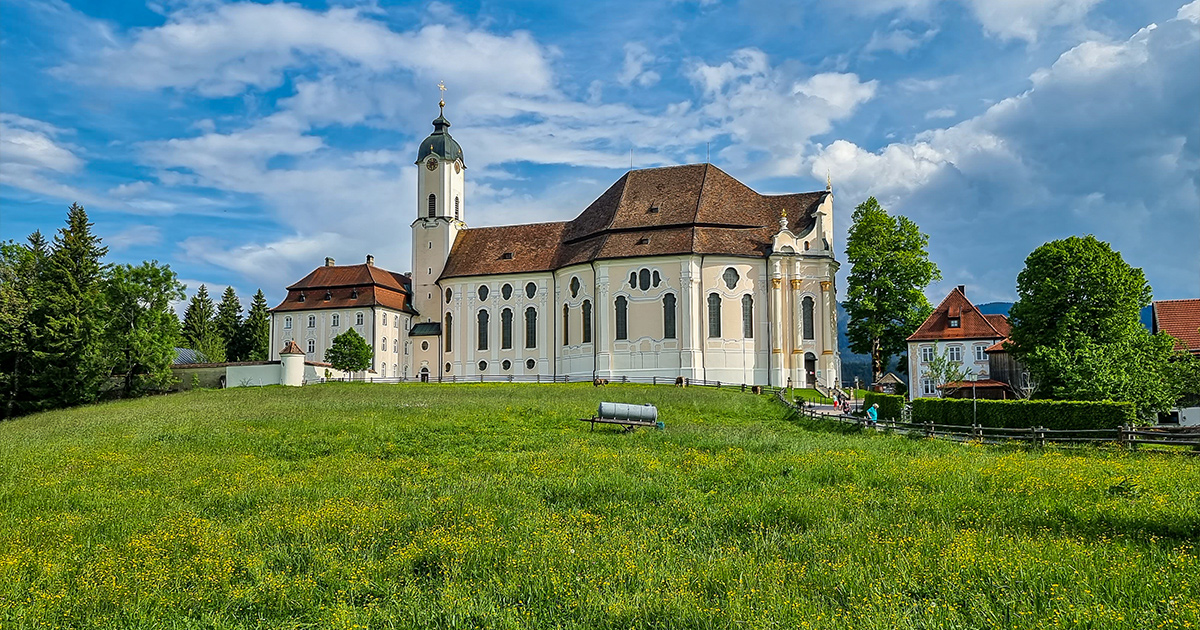
Image: Adobe Stock Images - Paramedicabroad/Wirestock
Germany’s historic landmarks
Germany is another European country that radiates history, with 52 UNESCO World Heritage sites scattered from east to west, encompassing a diverse array of cultural and natural landmarks.
Cologne Cathedral
One of the most remarkable UNESCO World Heritage Sites in Europe, and Germany’s most visited landmark, is the epic Cologne Cathedral. Taking over 600 years to complete, this masterpiece of Gothic architecture was the tallest building in the world when it was finished in 1880 and remains one of the largest cathedrals in Europe, with its distinctive twin spires and intricate facade. It is celebrated not only for its imposing beauty and religious significance, but as a testament to human creative genius.
Pilgrimage Church of Wies, Munich
Known in German as Wieskirche, the Pilgrimage Church of Wies sits in the foothills of the Alps near Munich and is an exquisite example of Bavarian Rococo architecture. It’s significant for its stunning interior, with magnificent frescoes, ornate stucco work and overall joyous design, while it became a pilgrimage site after reports of miraculous healings attributed to a statue of the Scourged Savior in the church.
Völklingen Ironworks, Saarland
Close to the French border in Saarland, Völklingen Ironworks is a robust contrast to some of the more elegant buildings featured in this article, yet it earns its place on the famous UNESCO list for its perfect representation of the golden age of the iron and steel industry during the 19th and 20th centuries. Today, this strangely beautiful industrial site shows off its blast furnaces, workshops and machinery to visitors, along with a science centre and discovery park.
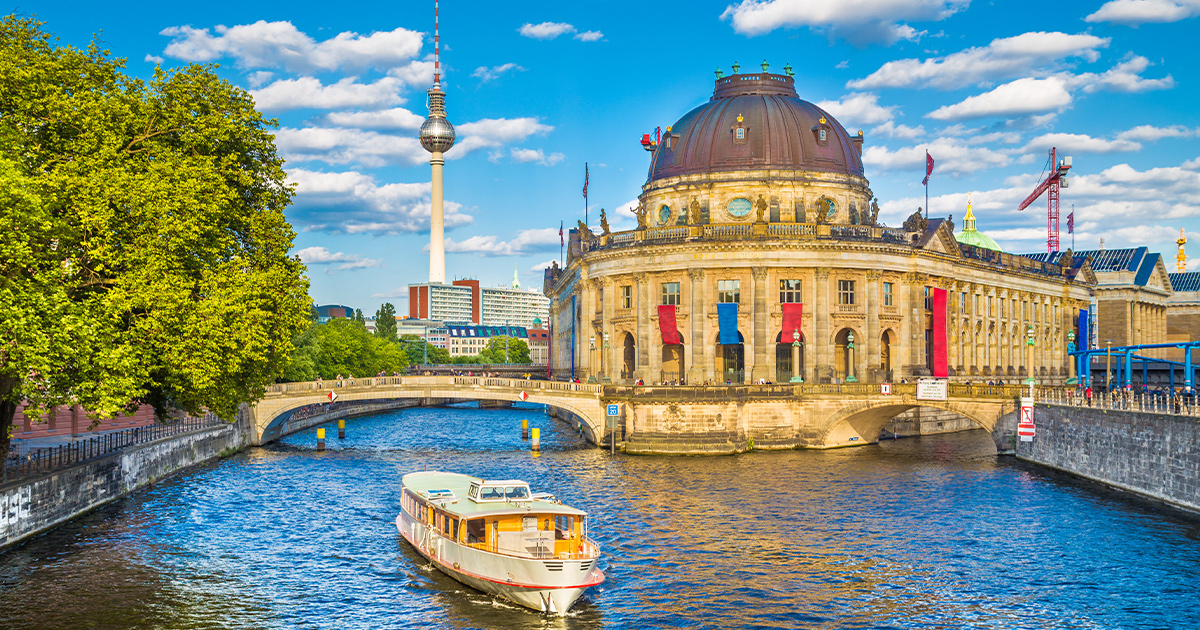
Image: Adobe Stock Images - JFL Photography
Museum Island, Berlin
Known as Museumsinsel in German, Museum Island is exactly as the name suggests – an island in the heart of Berlin’s historical centre that’s home to five museums. Built between 1824 and 1930, this hub of culture is significant as a unique testimony to the evolution of museums as a social phenomena. On this architecturally spectacular island you will also find the Lustgarten public park and the richly decorated Berlin Cathedral.
Muskauer Park
Sitting on the border between Poland and Germany, Muskauer Park (Park Mużakowski) was created by Prince Hermann von Puckler-Muskau in the early 19th century. The Prince took a new approach to landscape design, using local plants to enhance the existing beauty of the area, which harmoniously integrates with surrounding farmland. With gorgeous lakes, ornate bridges and a reconstructed castle, the park earns its place on UNESCO’s list by showcasing innovative landscaping techniques and cross-border cultural collaboration.
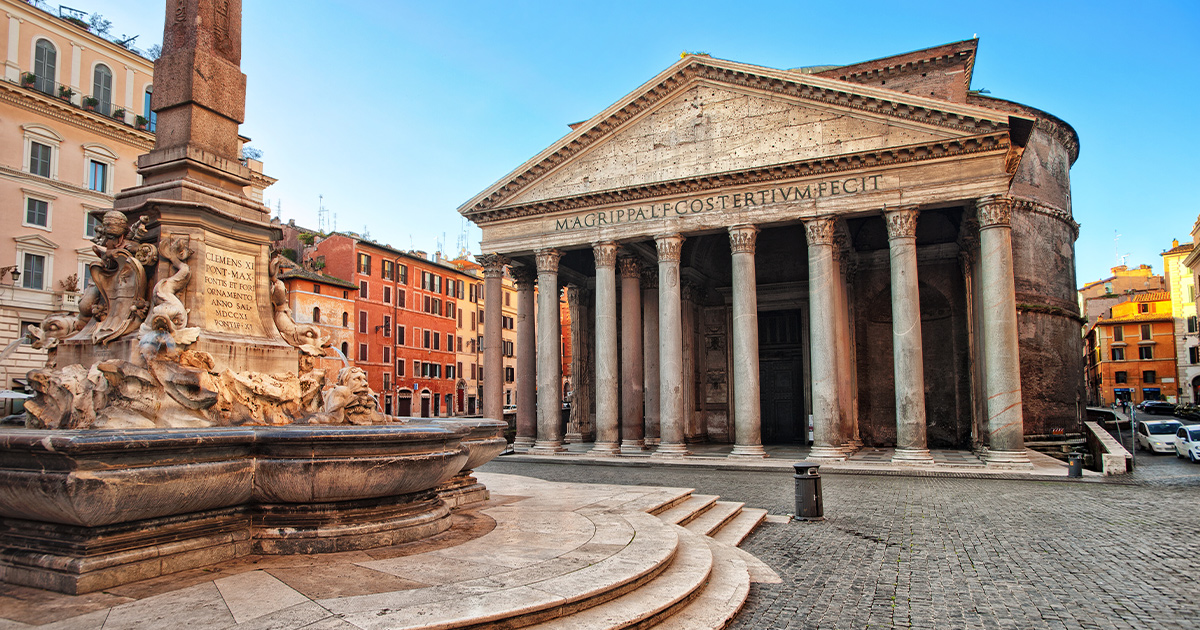
Image: Adobe Stock Images - Boris Stroujko
The Top 10 UNESCO sites in Europe
While there is no official list for the top 10 UNESCO World Heritage Sites in Europe, here are 10 legendary sites which stand out as the most iconic, distinctive and desirable:
- Historic Centre of Rome (Italy)
- Paris, Banks of the Seine (France)
- Acropolis of Athens (Greece)
- Historic Centre of Florence (Italy)
- Alhambra, Generalife and Albayzín, Granada (Spain)
- Old and New Towns of Edinburgh (Scotland)
- Palace of Versailles (France)
- Historic Centre of Prague (Czech Republic)
- Stonehenge (England)
- Venice and its Lagoon (Italy)
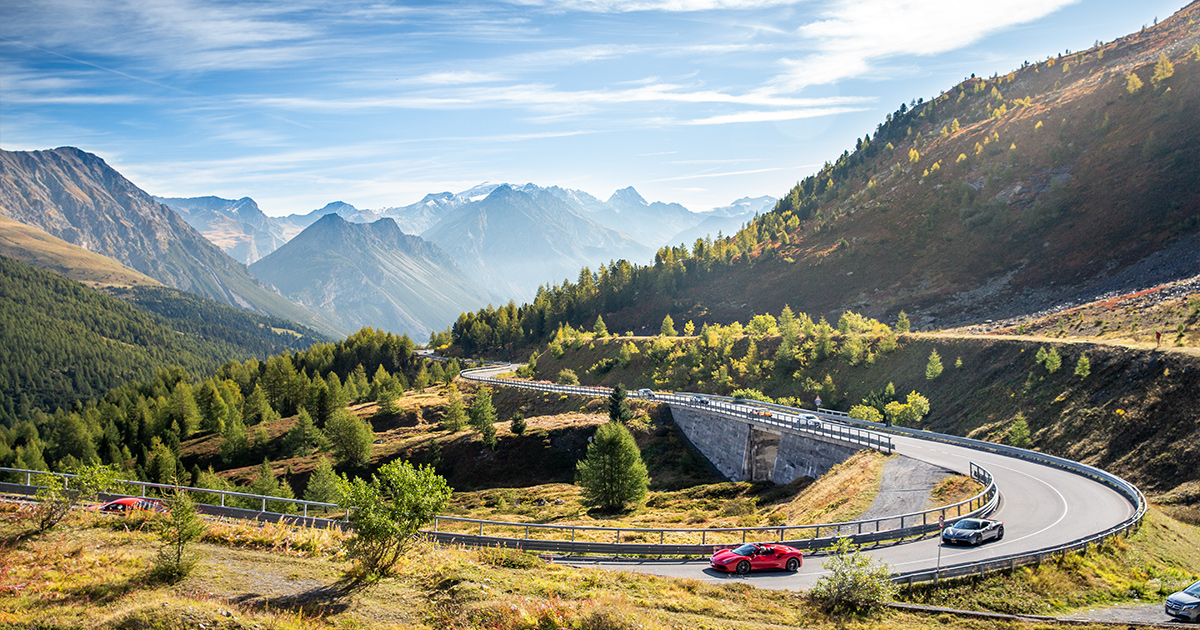
Image: Ultimate Driving Tours
Embark on a cultural odyssey through Europe with Ultimate Driving Tours
Whether it’s the historic centres of Italy or France’s prestigious palaces, Europe is brimming with inspiring cultural landmarks that demand exploration.
You can discover the best of the continent by joining us on our signature luxury driving tour of Europe in 2025. Guide a fleet of supercars through five countries as you enjoy the height of hospitality, dining and entertainment – including a weekend at the glamorous Monaco Grand Prix.
You can learn more about this incredible tour or any of European adventures by speaking with our friendly travel concierge team today.
Share Article
